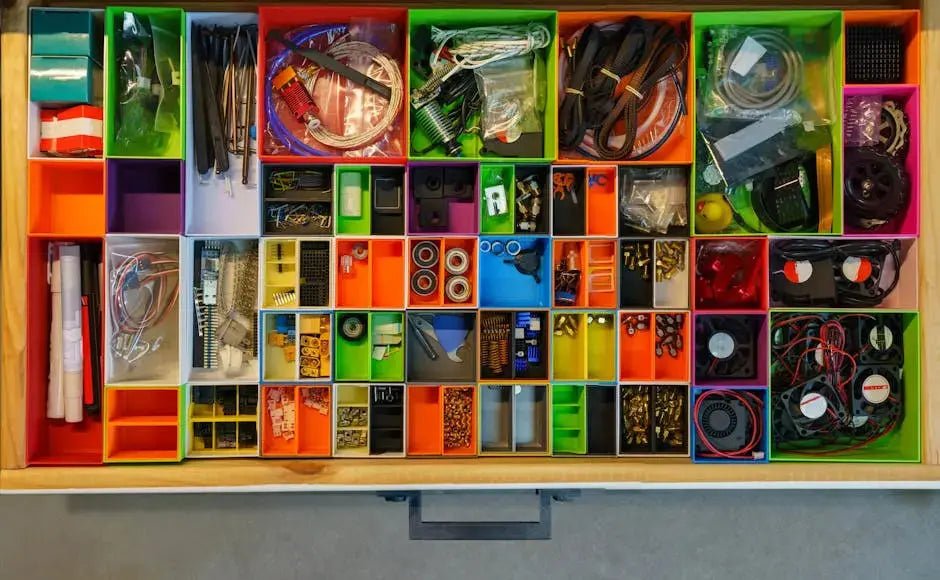
15 Innovative Seed Storage Solutions Every Gardener Should Know
Whether you’re a gardening novice or a green-thumbed veteran, proper seed storage is essential to ensure your seeds remain viable for the next planting season. From homemade solutions to store-bought innovations, we’ve gathered fifteen of the most effective and creative ways to keep your seeds organized, dry, and ready for planting. Dive into these ideas to find the perfect seed storage solution for your gardening needs.
1. Recycled Glass Jars: A Sustainable Choice
Recycling and gardening go hand in hand, and reused glass jars are an excellent example of this symbiosis. Essential for ensuring your seeds stay dry and safe, glass jars prevent moisture from ruining your collection. A simple silica gel packet added, commonly found in shoe boxes, can further protect against moisture—label each jar with a permanent marker for easy identification. This method is not only optimal for visibility but also for maintaining a sustainable gardening practice.
2. Paper Envelopes: Simple and Effective
Using paper envelopes provides a cost-effective and straightforward method for seed storage. Label them with the seed type, planting instructions, and the date of collection to streamline your gardening process. Stored in a cool, dry place, they ensure good air flow around the seeds, reducing the risk of mold and mildew. For a more organized approach, these labeled envelopes can conveniently be stored in a box or a filing system, categorizing seeds by type or planting season.
3. Binder with Plastic Sleeves: Organized and Accessible
For those who prefer a visual and highly organized seed storage system, a binder with plastic sleeves could be your best bet. Similar to a photo album, this method allows you to slip seed packets and homemade paper envelopes into individual pockets. It’s particularly useful for detailed gardeners who like to keep records such as seed origin, harvest dates, and specific planting instructions at their fingertips. Plus, flipping through your seed collection becomes effortless, making planning your next planting season a breeze.
4. Vacuum-Sealed Bags: Long-Term Preservation
Vacuum-sealed bags bring a modern twist to seed storage, drastically extending the shelf life of seeds by removing air and its moisture content—a significant cause of seed deterioration. Use a standard kitchen vacuum sealer to pack away your seeds. Place them in a cool and dark area, like a basement or closet, and your seeds can remain viable for years. This method is especially suitable for rare or heirloom seeds that you plan to store for long periods.
5. Seed Storage Boxes: Compact and Customizable
Dedicated seed storage boxes are an excellent choice for gardeners looking for a compact and organized solution. Many options come with dividers, allowing you to categorize your seeds by type, season, or any system that suits your gardening style. These boxes are designed to keep seeds cool and dry, and their compact size makes them easy to store on a shelf or in a garden shed. Adding silica gel packets can further protect against moisture, ensuring your seeds remain viable for longer.

![[Seeds] - Caribbeangardenseed](http://caribbeangardenseed.com/cdn/shop/files/gift-card-gift-card-1_1024x1024_dfa857db-9150-4315-a362-7f0bb3fb9c47_60x28.png?v=1722895789)
